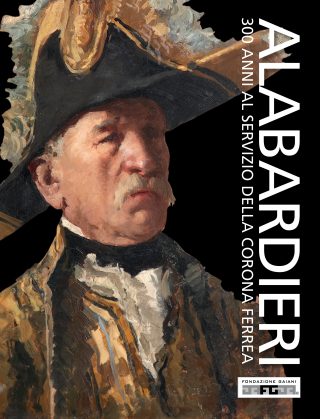Considered a unique masterpiece in art history, it appears as a golden diadem made up of six rectangular plates adorned with cabochons of garnets, blue sapphires, and amethysts.
Each plate is divided into two parts: a vertical row of three gems and a rectangular section with four golden rosettes, a central cabochon, and four enamelled plates.
The vibrant colors of the plates are also achieved through the alternation of various enamels depicting floral motifs: the white and deep blue are opaque, while the translucent emerald green and reddish-brown backgrounds allow the golden base to shine through.
The small dimensions (only 48 cm in circumference) are also a hallmark of its uniqueness. Originally, the Crown may have been larger, with two or even three additional plaques, probably mounted where the regular sequence of the individual plaques is interrupted by the two vertical elements that meet.
Despite the thorough scientific studies conducted, the Crown remains a mystery: its exact dating, which does not date back to the Carolingian era but may be much older, its craftsmanship, and its origin before arriving at the location universally recognized as Monza.
Science has also been asked to investigate the sacred and symbolic aspects.
The iron ring, considered by the Church to be one of the nails of Christ’s Passion, is made of silver, but, with intelligent caution, it has not been ruled out that it could still be classified as a relic by contact.
The Crown is therefore the ultimate result of the dialogue between science, history, and faith.








